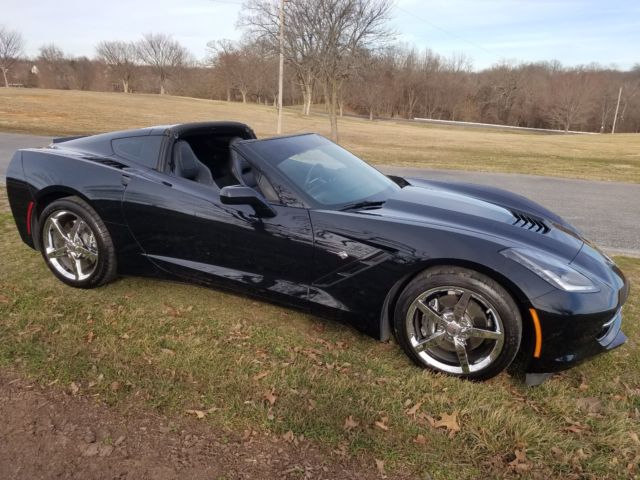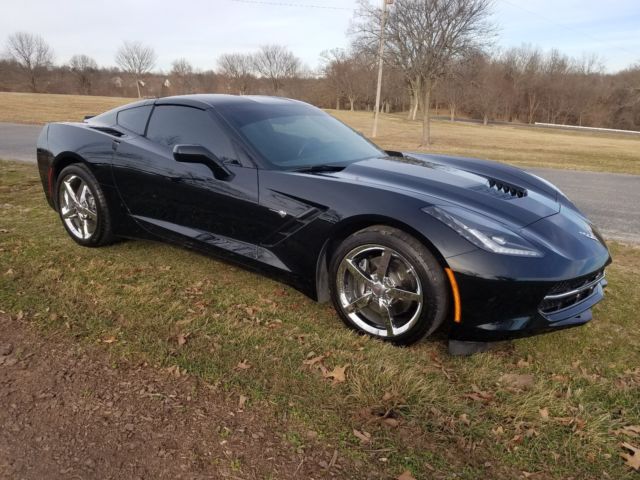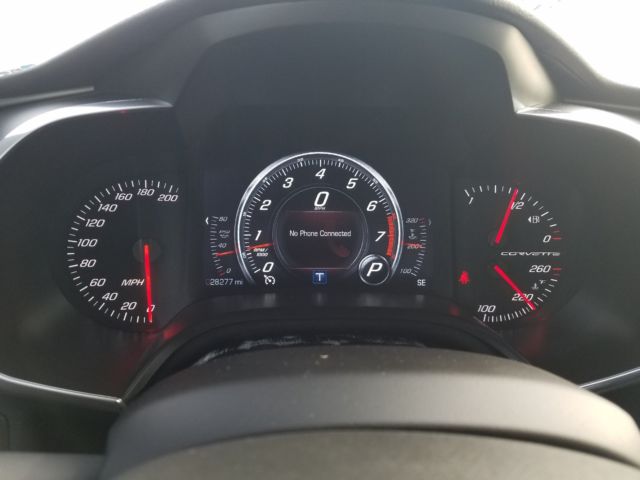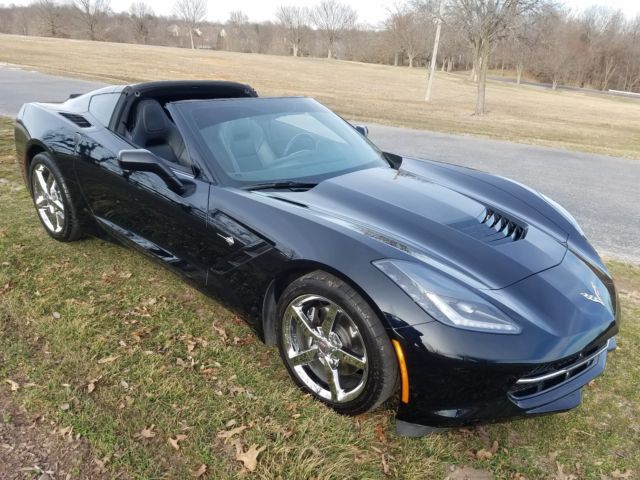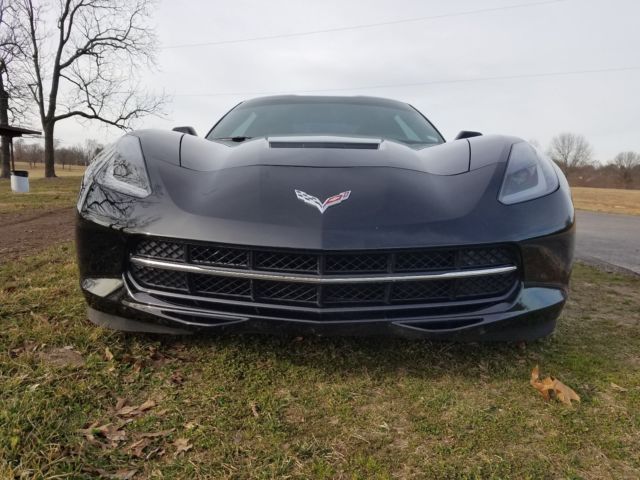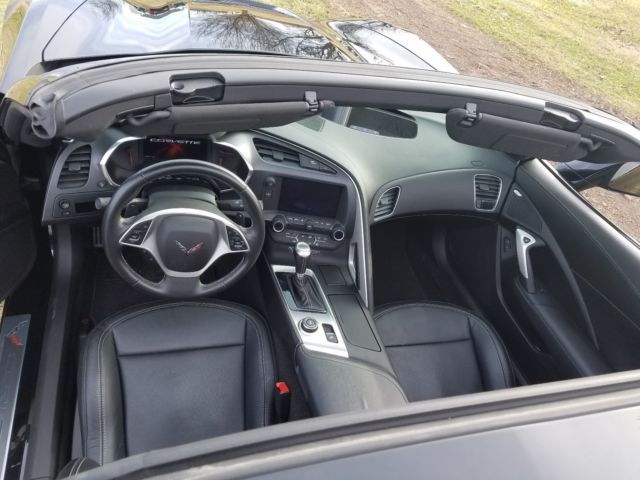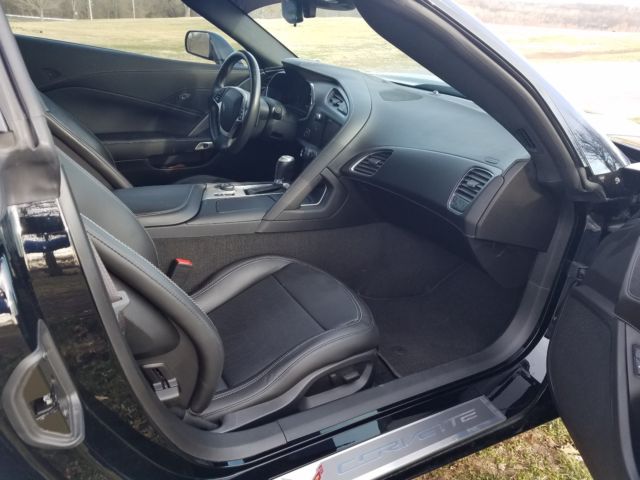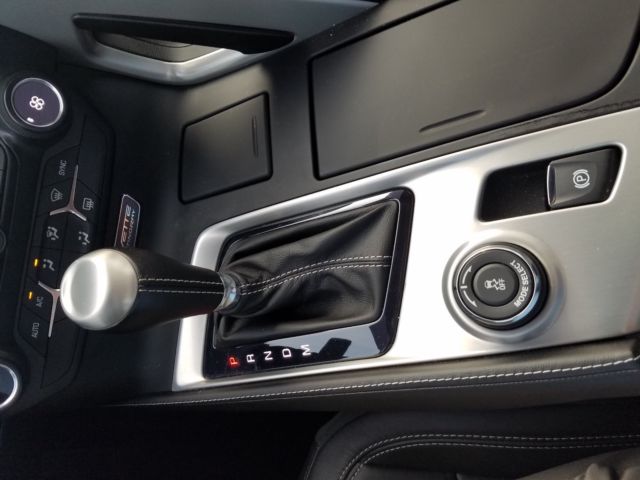2014 Chevrolet Corvette Stingray-Adult Driven-Pristine Condition
- Condition: Used
- Make: Chevrolet
- Model: Corvette
- Type: Coupe
- Year: 2014
- Mileage: 28,000
- VIN: 1G1YB2D71E5125589
- Color: Black
- Engine size: V8
- Number of cylinders: 8
- Transmission: Automatic
- Drive type: RWD
- Interior color: Black
- Vehicle Title: Clear
- Interested?
2014 Chevrolet Corvette Description
This black beauty is guaranteed to turn heads with its optional upgraded selective exhaust (+15 hp boost) offering a distinctive throaty roar. One owner, adult-driven,almost exclusivelyhighway miles. Upgraded chrome wheels. And you've gotta admit, it looks downright mean with its lightweight carbon fiber top removed, showing off its premium black leather interior! It is currently located half the week in Washington, MO andthe other halfin Springfield, MO. Priced for a quick sale. Serious inquires only, please.The Stingray's magic bullet, the component of its character that makes it truly amazing, is a combination of the right hardware and expertly tuned chassis controls. Together they create a textbook rear-drive sports car with potent power and confidence-inspiring electronic safety nets.
You want big powerslides? Turn everything off and the C7 will oblige. But it's so much better than that. When properly configured, you'll find yourself doing things in the C7 you'd never consider without such elegant backup systems.
One of those things, we discovered under the graceful control of PTM, is confidently executing a 100-mph four-wheel slide over a midcorner blind crest on a wholly unfamiliar racetrack. Try that in your 911.
And make no mistake, the 2014 Chevrolet Corvette Stingray is a real driver's car. It hunts apexes with laser-sight precision, clearly communicates its intentions and provides dynamic response on par with far more costly equipment.
Cars equipped with the Z51 package include the electronic limited-slip differential (eLSD), dry-sump lubrication, lower 1st through 3rd gear ratios, brake, differential and transmission cooling ducts and other aero aids. In addition to the electronic differential, the Driver Mode Selector (a knob on the center console) manages up to 11 other systems, including traction control, stability control, launch control, throttle progression, steering weight and the optional magnetorheological dampers.
Numerous factors contribute to the Stingray's improved steering: A smaller 14.1-inch wheel drives a variable-ratio rack that ramps the steering rate between roughly 17:1 off center and about 12:1 near lock. The steering column itself is 150 percent stiffer than the same part on the C6.
Structurally, the C7 is about 50 percent stiffer than the car it replaces thanks to an all-aluminum chassis and improved welding, fastening and bonding methods. Though its base structure is lighter, complete cars weigh more than the C6 and their wheelbase is 1 inch longer.
The Stingray, equipped with the optional dual-mode exhaust, packs 460 horsepower and 465 pound-feet of torque (standard is 455 hp/460 lb-ft). Our test car came equipped with the exhaust, the Z51 package and Magnetic Selective Ride Control. It also utilized the seven-speed manual transmission with active rev-matching: a feature toggled on and off using the wheel-mounted paddles that would otherwise execute shifts on automatic-equipped cars.
And in our tests it was insanely rapid... in every measurable way.
How does a 12.0-second quarter-mile at 117.3 mph sound? Sixty mph was gone in 4.1 seconds (3.8 seconds with 1-foot rollout as on a drag strip).
But straight-line tests hardly tell the whole story. Using the Z51-specific Michelin Pilot Super Sport ZP rubber, it circled the skid pad at 1.08g, the highest number we've recorded in a production car on street tires. The slalom, hastily performed in the last few minutes of our test, passed at a mighty 72.8 mph.
With its middle finger raised to physics, the C7 also stopped from 60 mph in only 93 feet, which is the shortest stopping distance we've ever measured. Though just barely, all of these numbers are better than the last 991-generation PDK-equipped Porsche 911 we tested. And they're so much better than the last base C6 Corvette we tested that those numbers don't even merit mention.
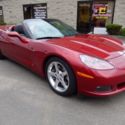 2006 CHEVROLET CORVETTE CONVERTIBLE ,6.0L,ONLY 33,000 ADULT DRIVEN MILES
2006 CHEVROLET CORVETTE CONVERTIBLE ,6.0L,ONLY 33,000 ADULT DRIVEN MILES
Mileage: 33,048
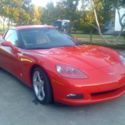 2005 Red Chevrolet Corvette 2-Door Coupe, driven only by 2 mature adult !!!
2005 Red Chevrolet Corvette 2-Door Coupe, driven only by 2 mature adult !!!
Mileage: 26,500
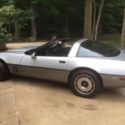 Original Owner, Garage Kept, Adult Driven, and in Excellent Condition
Original Owner, Garage Kept, Adult Driven, and in Excellent Condition
Mileage: 55,800
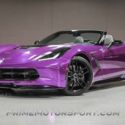 2014 CORVETTE STINGRAY CONVERTIBLE Z51 3LT WRAPPED LOADED PRISTINE ONLY 15K MI
2014 CORVETTE STINGRAY CONVERTIBLE Z51 3LT WRAPPED LOADED PRISTINE ONLY 15K MI
Mileage: 15,594
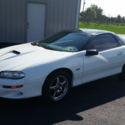 1998 CHEVROLET CAMARO SS - 1 OWNER - ADULT DRIVEN - CLEAN!
1998 CHEVROLET CAMARO SS - 1 OWNER - ADULT DRIVEN - CLEAN!
Mileage: 60,992
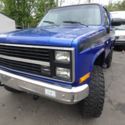 CHEVROLET K5 BLAZER LIFT CUSTOM 350 TO MUCH STUFF TO LIST 4X4 ADULT DRIVEN 2 DR
CHEVROLET K5 BLAZER LIFT CUSTOM 350 TO MUCH STUFF TO LIST 4X4 ADULT DRIVEN 2 DR
Mileage: 128,001
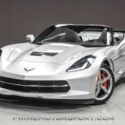 2015 CHEVROLET CORVETTE STINGRAY CONVERTIBLE 3LT 1OWNER PERF EXHAUST PRISTINE
2015 CHEVROLET CORVETTE STINGRAY CONVERTIBLE 3LT 1OWNER PERF EXHAUST PRISTINE
Mileage: 18,197
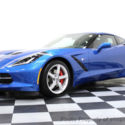 2014 18480 Miles Chevrolet Corvette Stingray CERTIFIED CORVETTE STINGRAY 2LT NAV
2014 18480 Miles Chevrolet Corvette Stingray CERTIFIED CORVETTE STINGRAY 2LT NAV
Mileage: 18,480
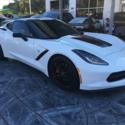 2014 Chevrolet Corvette Stingray Z51 39913 Miles White Stingray Z51 2dr Coupe w/
2014 Chevrolet Corvette Stingray Z51 39913 Miles White Stingray Z51 2dr Coupe w/
Mileage: 39,913
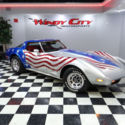 79 Chevy Corvette Stingray Coupe T-Tops L82 Custom 'Merica Paint Job Adult Owned
79 Chevy Corvette Stingray Coupe T-Tops L82 Custom 'Merica Paint Job Adult Owned
Mileage: 86,000
